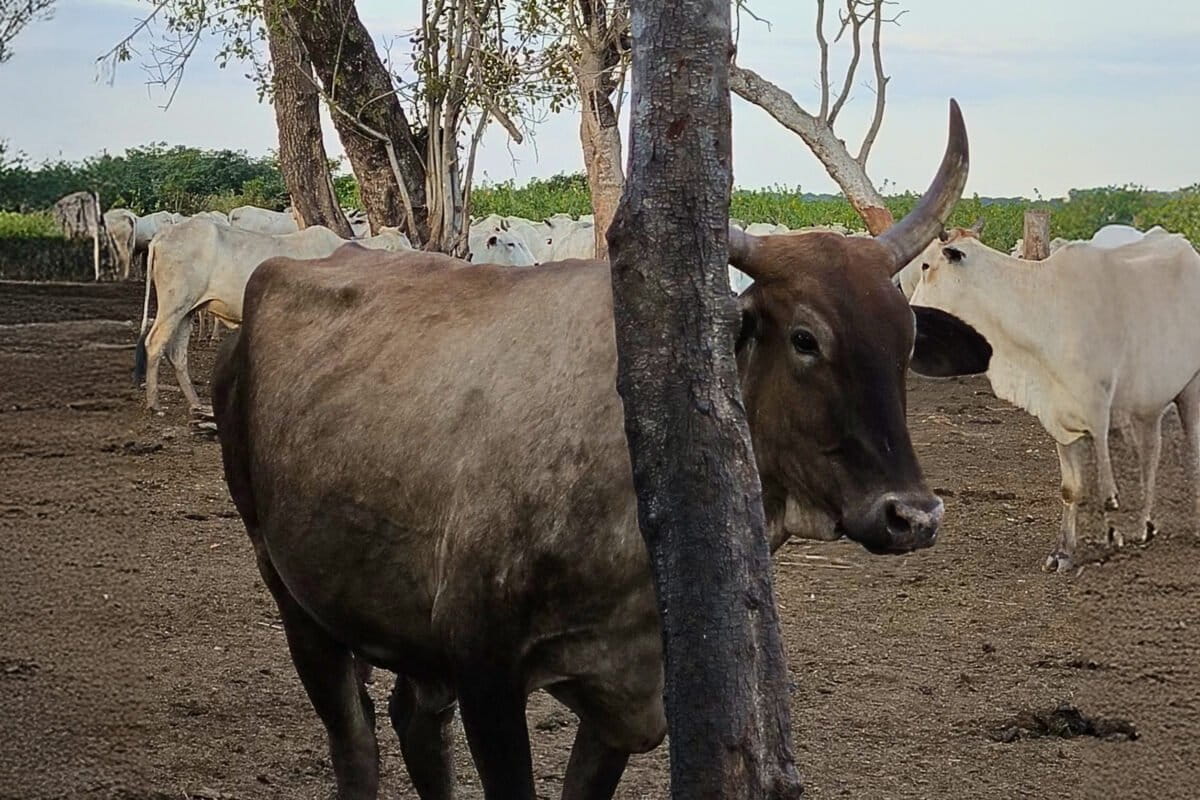Beef production is a major driver of climate change. It fuels deforestation in crucial biomes, a significant source of carbon emissions, and cows themselves produce methane, a potent greenhouse gas. Regenerative ranching practices aim to reduce the environmental and climate impacts of rearing cattle, but some conservation groups say a pivot away from beef is the only sustainable option, Mongabay’s John Cannon reported.
“The animal [agricultural] industry is one of the most heavily subsidized industries on the planet,” Chris Jordan, the Latin America director for U.S. nonprofit Re:wild, told Cannon. “So why are we using the little biodiversity money that exists to further subsidize these industries?”
Multinational companies like JBS, the world’s largest meatpacker — with a history of corruption and involvement in Amazon deforestation — are already highly profitable, Jordan added.
Millions of hectares of tropical rainforest have been deforested for ranching. In the Amazon, researchers estimate that clearing for livestock is responsible for 80% of deforestation in the world’s largest rainforest. Demand for beef, especially from the U.S., is only expected to grow in the coming decades.
“Conservationists call it the triple crisis with biodiversity, climate and pandemics,” said Jeremy Radachowsky, Mesoamerica and Western Caribbean director for the Wildlife Conservation Society. “Cattle are sort of at the heart of all of those things.”
Several of the world’s largest environmental nonprofit organizations, including The Nature Conservancy (TNC), WWF and Audubon, say sustainable ranching practices are part of the solution to these problems.
They work with beef companies and ranchers to expand less destructive practices, such as rotational grazing. In the Amazon, TNC works to increase tracking and productivity, which it says alleviates pressure on standing forest in the region.
In other parts of the world, including North America and parts of Africa, large, hoofed animals are a more natural part of the ecosystem. According to Chris Wilson, program director of Audubon’s conservation ranching initiative, cattle grazing can help prevent wildfires and maintain certain types of ecosystems like the Great Plains of the U.S. The key, he says, is to avoid overgrazing and work with ranchers.
“We have got to work with the stewards of those grasslands,” Wilson said. “If there were no cattle market and there were no beef market, these places aren’t just going to turn into nature preserves.”
But for Radachowsky, a complete shift away from meat would lead to greater gains. “We live right now with a cattle population density on this planet like never before, and it’s the most inefficient way of producing protein for humans,” he said.
“We’re feeding what should be our food to livestock, and losing most of that nutrition and energy in the process” Radachowsky added.
Read the full story by John Cannon here.
Banner image: A cow in the Brazilian Pantanal. Image courtesy of Shanna Hanbury.
